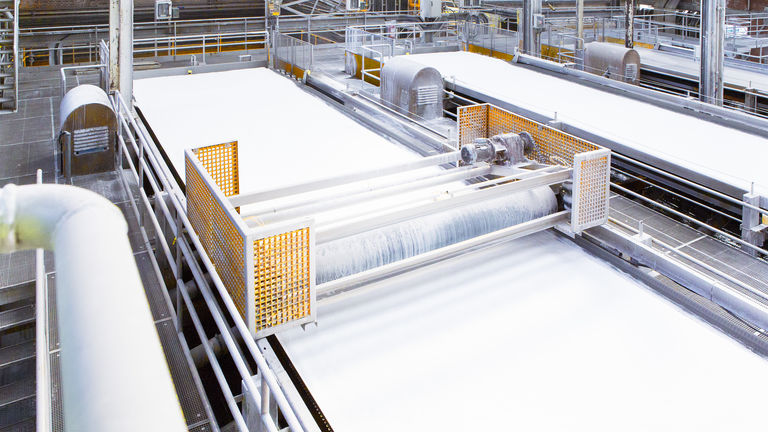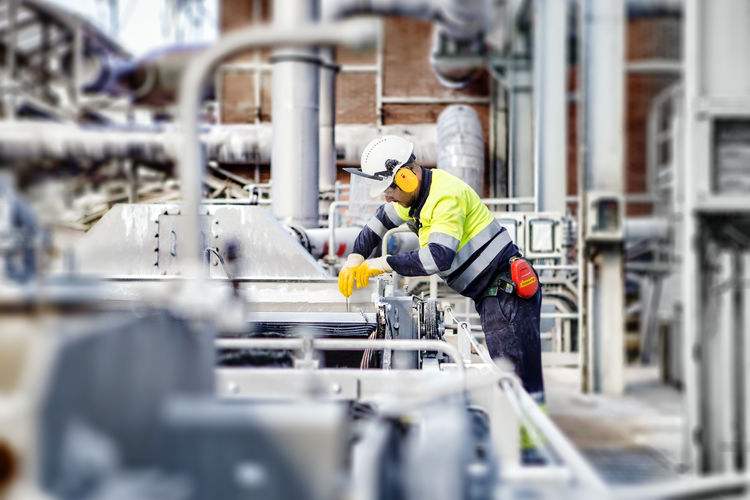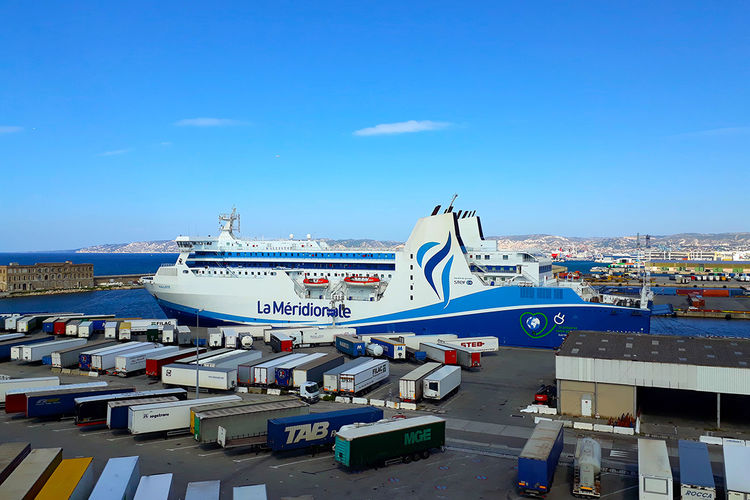DSI and dry sodium sorbents... Three amazingly short answers as to why they work so well to clean flue gas emissions!
Q.Trona or sodium bicarbonate – which is the more effective air pollution control product?
A. While SOLVAir® S300 sodium bicarbonate and S200 trona both remove acid gases very effectively, sodium bicarbonate tends to react faster and is able to reach higher levels of removal of SO2. When the reaction time is short or the removal required is very high, S300 sodium bicarbonate may be preferred.
Q. To be effective, must trona or sodium bicarbonate always be used in a DSI system?
A. Yes, a level of injection needs to be maintained for continuous acid gas remediation. In a system outfitted with a baghouse/fabric filter, the cake formed on the filters can help tide over short periods of time of no injection, depending on the cleaning cycles. However, a level of injection to be continuously sustained is preferred.
Q. So what makes DSI using dry sodium sorbents work so well?
A. The DSI process requires no slurry equipment or reactor vessel because the sorbent is stored and injected dry into the flue duct where it reacts with the acid gas. The spent sorbent is collected dry, either through a baghouse or electrostatic precipitator (ESP). It also can be collected through an existing wet scrubber vessel should DSI be used for trim scrubbing of acid mist, as is often the case when scrubbing SO3. For high efficiency of acid gas removal, sodium sorbents do not need to be recirculated. Just add enough in the gases so the chemistry is satisfied. Just one injection, one collection and done! - so it’s cost-effective, as well as highly effective!



